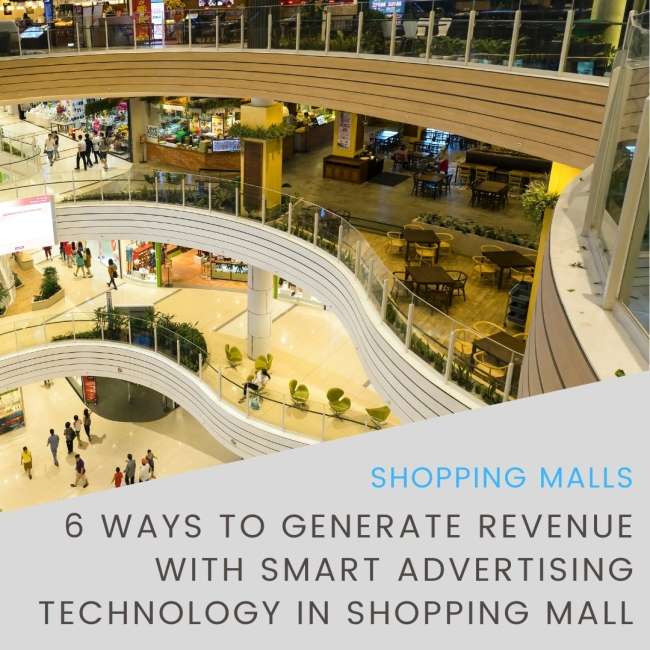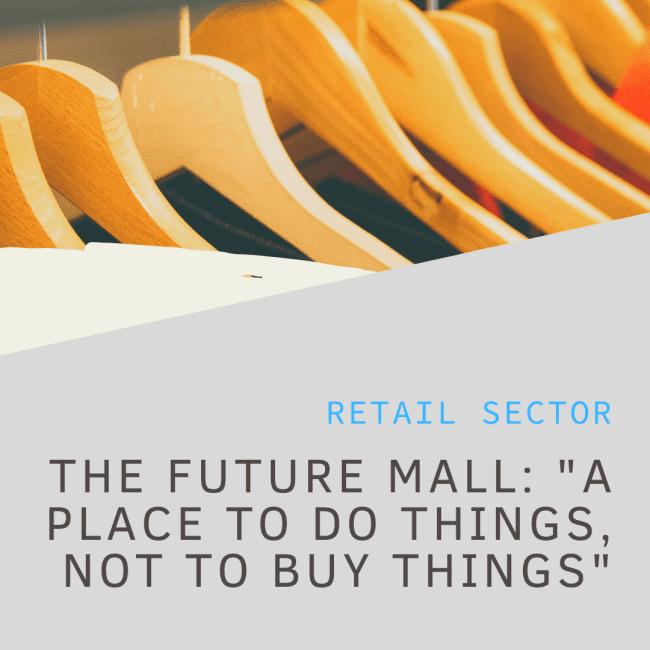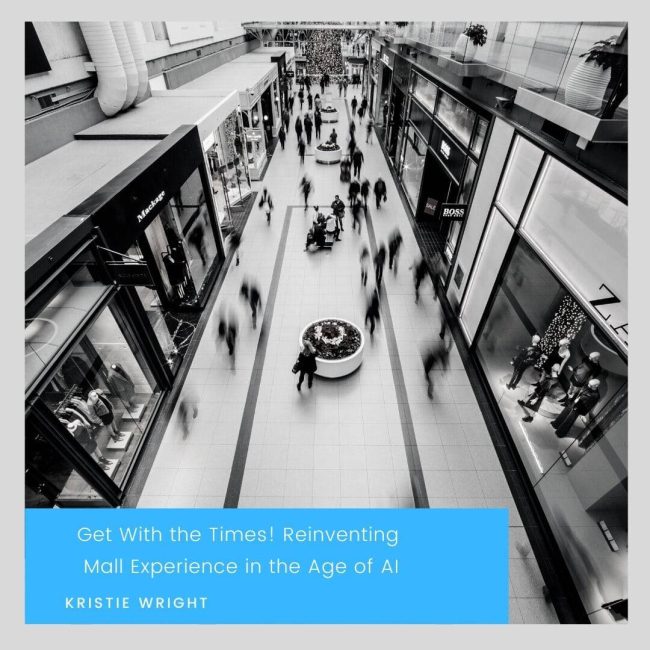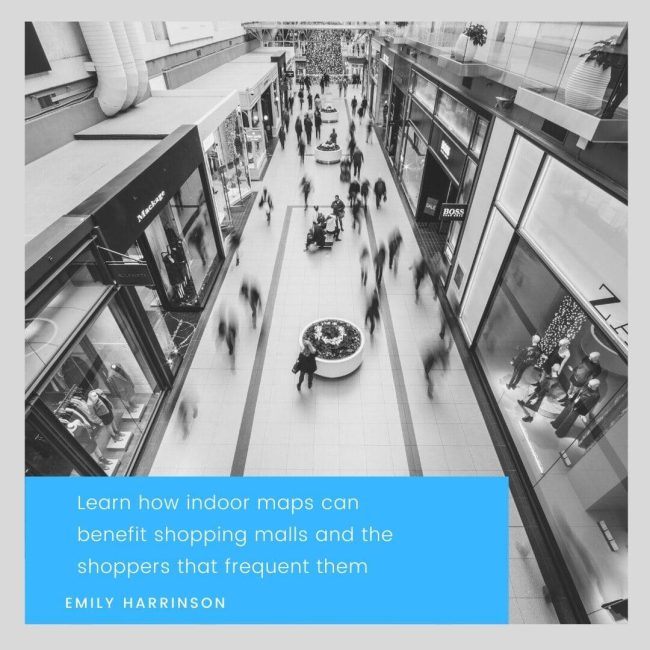The quicker you can complete tasks in a shopping mall, the more time you have to browse through other stores or run errands. Smart technology allows that kind of convenience where tasks that generally need two people to perform can be done by a consumer alone. In addition to the comfort and efficiency smart technology provides, it is also highly cost-effective, saving you funds to utilise on other valuable resources. With smart technology, you can effectively collect data to improve marketing and retailers. Smart technologies are one of the leading tools for efficiency in our daily lives.
Retail signage in malls can become much more compelling with the help of smart retail technology. Relationships with customers can vastly improve since you can now spend more time interacting and answering questions while leaving all other tasks to smart technology. In this article, we will introduce some ways you can implement smart technology in a shopping mall that will help generate revenue for your brand.
1. QR Codes
QR codes may seem like they’ve been in use in retail stores since the beginning of time, but technology has found ways to update them for the advancement and convenience of commercial use. Additionally, the use of them has increased in the last few years, due to regulations about social distancing. Some ways you can use QR codes are:
– Placing a QR code next to product shelving so shoppers can complete their purchase via the website.
– Create an interactive window display by placing shop codes in your storefront window.
2. RFID technology
Managing your inventory is one of the most tiring and frustrating parts of retailing. Furthermore, there is a high rate of human error when performing this task. Fortunately, RFID technology solves this problem. RFID tags are small chips that transmit product data to a portable reader, updating stock levels in an inventory management system in the time span of a few seconds. Some advanced uses of RFID technology include unmanned stores like Amazon Go. Scanners can detect which item has been picked up, and data from the RFID scanner feeds a payment system so the customer can pay upon exit.
3. Augmented Reality (AR)
AR is a relatively new technology that places graphics over real-world settings. This allows users to visualise products and see they would appear in real-world settings, allowing customers to get as close as possible to your products without actually touching them. This is especially useful for germ-conscious people or those who simply wish to shop and experience marketplace engagement without physically being present in the store. Implementation of AR can also help retailers rent less space in a mall, ultimately saving costs.
4. NFTs
Non-fungible tokens (NFTs) are unique digital content pieces such as images, videos, or audio owned by a person. Information on the token is secured and stored on a decentralised data record known as the blockchain. In October 2021, the brand Dolce & Gabbana launched the Genesis Collection, which was an NFT Drop that generated $5.65 million at an auction. Its Glass Suit offering was one physical suit bundled with an NFT image of it, and it was sold for more than $1 million.
5. Smart checkout
The traditional checkout method is becoming outdated, as new and efficient methods have started to replace it. Many customers loathe the idea of standing in long checkout queues and believe that automation can improve the checkout process. Smart checkout services can offer many advantages like contactless payment, payment installations, shipping to home, digital receipts, and self-checkouts. To achieve this, retailers will need to invest in a POS (point-of-sale) system.
6. Store Management
Even with the implementation of technological innovations, a human team is always necessary for a successful physical store. You will need a person to open the store, display inventory, and assist shoppers who prefer human help. Therefore, using smart technology will ultimately make the employees’ and management’s jobs easier.
To conclude, there are various smart advertising options available to use in a shopping mall. Investing in technology that allows convenience and efficiency will help generate revenue for your brand and the entire shopping mall.
QR codes have advanced over the years and can now be used to make the lives of both consumers and retailers easier. They also save up on costs. The RFID technology helps make managing inventory far easier and minimises the chance of errors, so humans do not have to go through the hassle of managing it. Integrating augmented reality is more inclusive towards people who wish to shop differently and have similar in-shop experiences. Furthermore, smart checkout features make the job much easier since many customers dread the idea of long queues. Smart checkout technology also allows for other efficiencies like payment installation, digital receipts, and self-checkouts. There is tons of technology for store management to help employees navigate store responsibilities effectively.
We hope this article proved insightful and will allow you to generate more revenue in your own space in a shopping mall. Thank you for reading!







